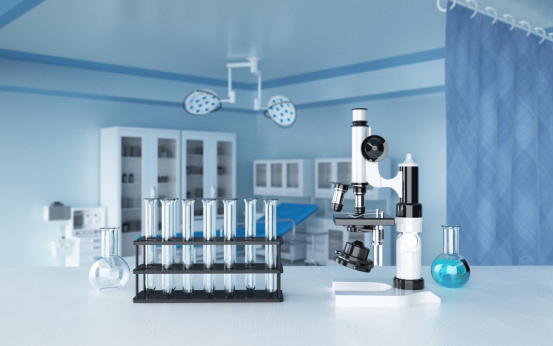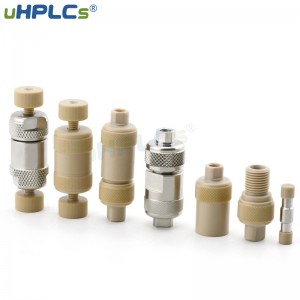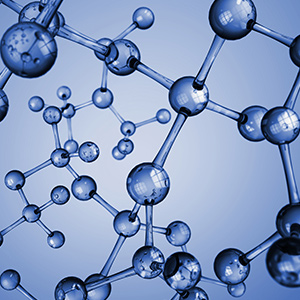Liquid chromatography is a popular purification technique used in laboratories around the world. If the system is set up and operated correctly, it can immediately separate the desired compounds from the mixture. Learning how to use and prepare buffers and solvents is an important skill to improve system performance. Accurate preparation and correct selection of buffers are essential to obtain repeatable results in liquid chromatography.
1. Know your compounds
If you are looking for specific compounds in the mixture, you should use the buffer/solvent combination that best separates your analyte from other analytes. For example, understanding polarity and solubility (polar or non-polar), ionization, and the UV absorbance you are looking for will help guide you to use specific columns and solvent groups.
2. The purity
It’s tempting to save some money by making buffers with lower-grade and lower-cost reagents, but it ends up being more expensive in the long run. Lower purity reagents can result in unwanted peaks and noisy baselines compared to HPLC-grade reagents with minimal or no impurities. They can also wreak havoc on your system, causing congestion that can lead to system failures and more expensive maintenance. All reagents and solvents, including the water you use, should be of the highest quality HPLC grade to reduce unwanted particles in the buffer. Advanced reagents may cost slightly more than lower ones, but the difference in purity is worth it. HPLC grade reagents also help to achieve more consistent results and keep the system running smoothly.
Even if is a solvent, the use of a high purity level of the experiment also needs to be filtered before entering into the chromatographic system, adopting HPLCS raw solvent filter can effectively filter the impurities such as chemical pollution into the system, and the general in the mobile phase or infusion pump, used for outside diameter 1/8 of an inch or 1/16 of an inch of form a complete set of the tube, and placed in the mobile phase solvent bottle, filtering impurities. After filtration, the solvent should be stored in a covered container to prevent contamination by dust or other unwanted materials.
3. Avoid bubbles
Degassing or vacuum filtering the buffer before use with your system minimizes air and particles in the mobile phase. If mobile phase degassing occurs in the liquid chromatography system, it mainly affects the pump and detector. To address this issue, degassing of the newly prepared mobile phase before pumping it into the HPLC system should be complete, in conjunction with the online degassing device, to remove all dissolved gases. The most efficient form of degassing is bubbling with helium or other low-solubility gases. If this method is available, it is recommended that the mobile phase be degassed continuously at a very low level throughout the analysis.
4. Regular inspection
Bacteria can adapt and grow in almost any solution, even organic solvents, depending on the concentration. To prevent bacterial growth from clogging the sieve plate of the column, replace the buffer container each time a new buffer batch is prepared and check the buffer bottle/bag for signs of bacterial growth. Cloudy solutions that appear when shaken or stirred should be discarded. Treatment with bacteriostatic agents (e.g. 0.02% sodium azide) will prolong the solution’s storage time, although these agents may interfere with your chromatogram.
5. Fresh configuration
The thermostat recommends that the dilution buffer be valid for one week. This ensures that the pH of the buffer is not affected by long-term storage and that microbial growth does not occur. PH changes and microbial growth can affect your chromatographic run and cause inconsistencies between runs. Although you can add stabilizers, such as sodium pyrosulfite, these reagents can affect optical and chromatographic results.
Finally, liquid chromatography can be a challenging technique. Following the above tips on how to prepare and purify with buffers will help make each run consistent and repeatable.
Post time: Jun-30-2022









